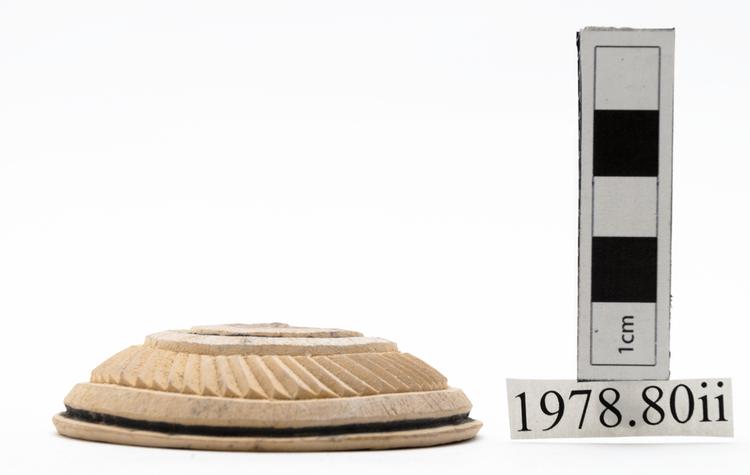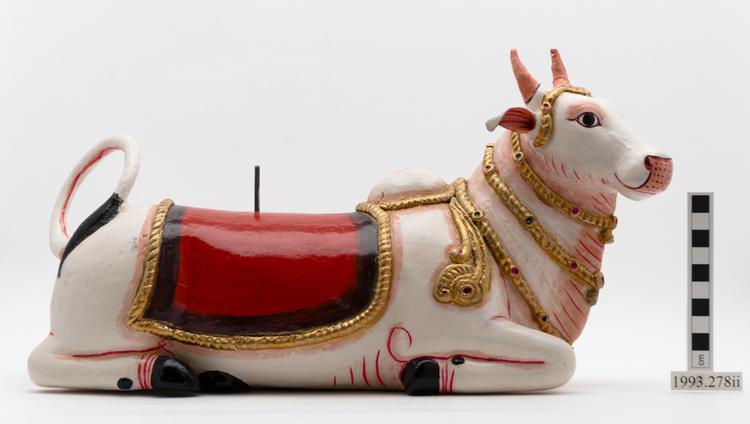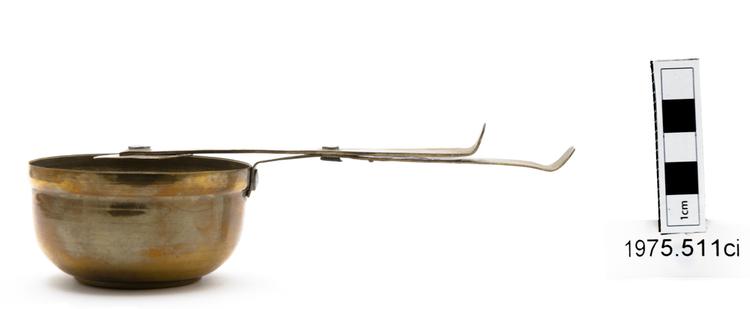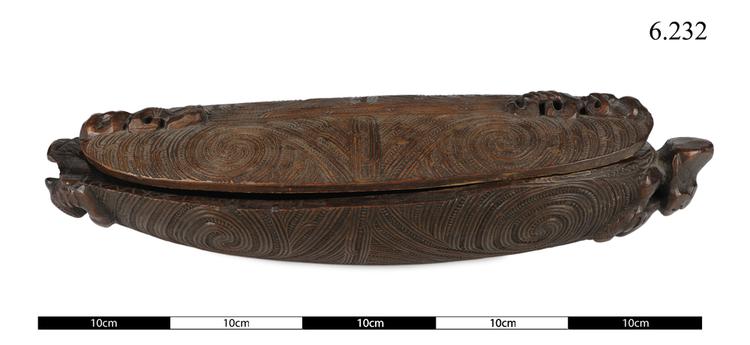
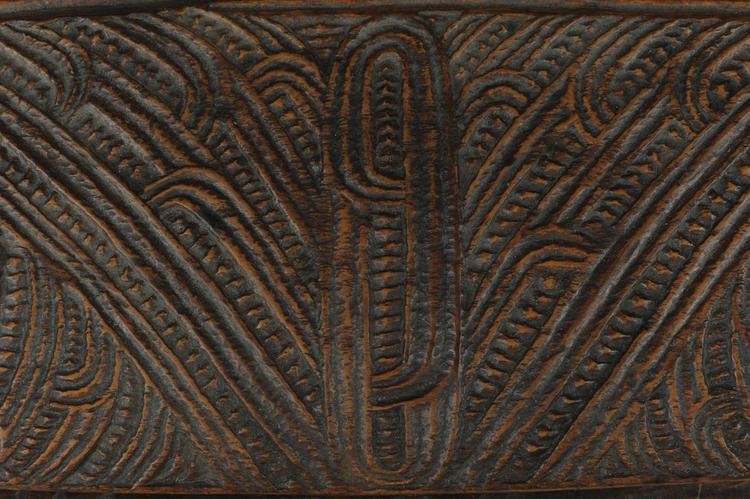
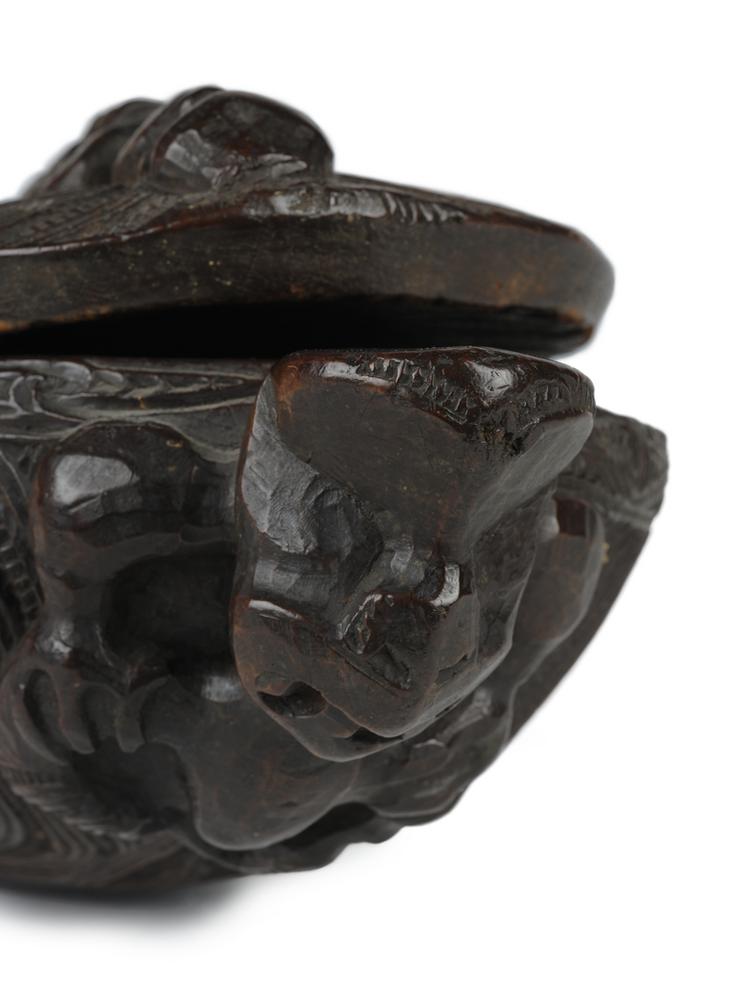
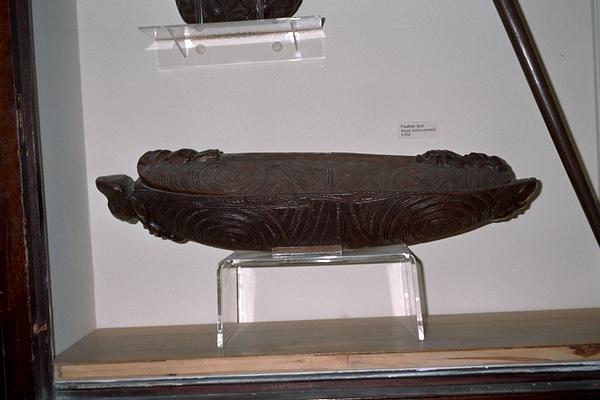
Maori feather or treasure box of boat shape, with a human figurehead at one end with its tongue out, and a contorted human figure at the other end, which is partly broken. The hull of the box is divided into four quarters by scrollwork infilled with rows of diamonds. Each quarter is infilled with a double spiral. The decoration is of Ngati Tuhoe style.
Treasure Box, Wakahuia, Ngai Tuhoe iwi, Maori People, New Zealand. The treasure boxes of the Maori are extremely refined and sophisticated containers: carvings of prodigious skill. They were traditionally hung up on cords inside the Maori house (whare), and so their engraving is as rich underneath as it is above. The name literally means ‘feather-boat’ and this makes a lot of sense: their form does indeed follow the basic shape of a Maori canoe (waka) carved from a single trunk of wood. As well as prized pendants, ear ornaments, musical instruments and weapons, such lidded containers were indeed used for accumulating and storing fine-coloured feathers. Feathers were either taken from dead birds, or plucked from live birds that were then released to re-grow their plumage. The Maori traditionally used feathers for a wide range of ornamental purposes, but their main purpose lay in the creation of the magnificent feather cloaks (kahu huruhuru) that became increasingly popular over the 19th Century. This round-topped style of treasure box was characteristic of the majority of New Zealand, and the style of engraving is typical of the Ngai Tuhoe people of the interior of the eastern North Island. Wood. Mid 19th Century. Formerly in the private collection of Mr. F. Smith.



